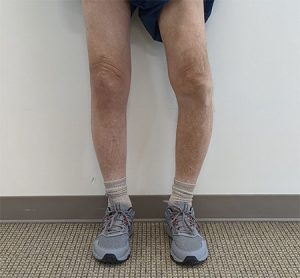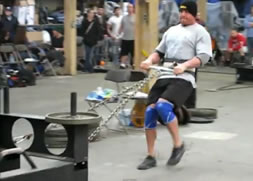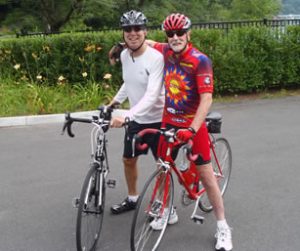
Athlete Returns to Sports After Bilateral Total Hip Replacement
The condition: Jeanne Burns, an athletic and active woman in her early 40’s, began having pain in her hips which grew worse over a year’s time. She had to give up running marathons, and as the pain worsened, had to eliminate skiing in the winter, as well as other favorite athletic pursuits throughout the year. Since Jeanne’s mother had undergone double hip replacement in recent years, she knew her condition was probably hereditary. She made an appointment with Dr. Robert Deveney, a specialist in total hip replacement surgery, who had successfully treated her mother. Dr. Deveney had used the Mako robotic-assisted surgical technique for Jeanne’s mother’s surgery and was able to eliminate her hip pain, so Jeanne was eager to inquire if this procedure would be recommended for her own condition. The treatment: Upon examination and x-ray, Dr. Deveney determined that Jeanne had developmental dysplasia of the hips, a condition one is born with that impacts the architecture of the hips. Most people aren’t aware they have it until they begin developing pain in their 40’s. In addition to the pain, hip dysplasia is associated with a high risk of developing arthritis as one ages. Dr. Deveney recommended a similar robotic-assisted procedure for Jeanne to address her hip pain, and scheduled her two hip replacement surgeries six weeks apart. “Jeanne was a great candidate for the Mako robotic-assisted surgery technique. Robotic surgery allows the surgeon to design and plan joint replacement surgery in a way never done before.” Dr. Deveney explains. A pre-operative CT scan provides a 3-D image of the joint, enabling the surgeon to determine the exact size and position of the replacement optimal for the patient. During surgery, the technology provides immediate feedback so each component can be positioned with greater accuracy, using computer-aided precision. According to Jeanne,




















